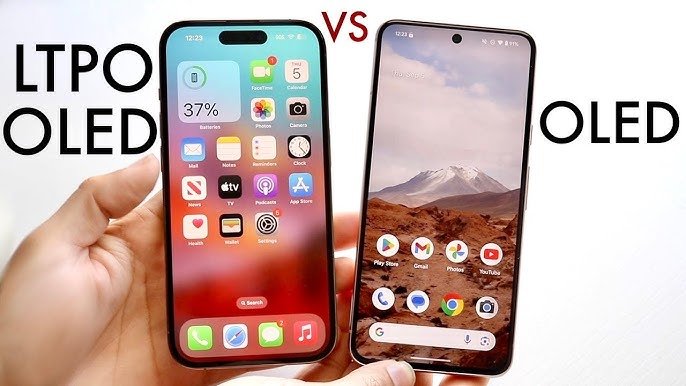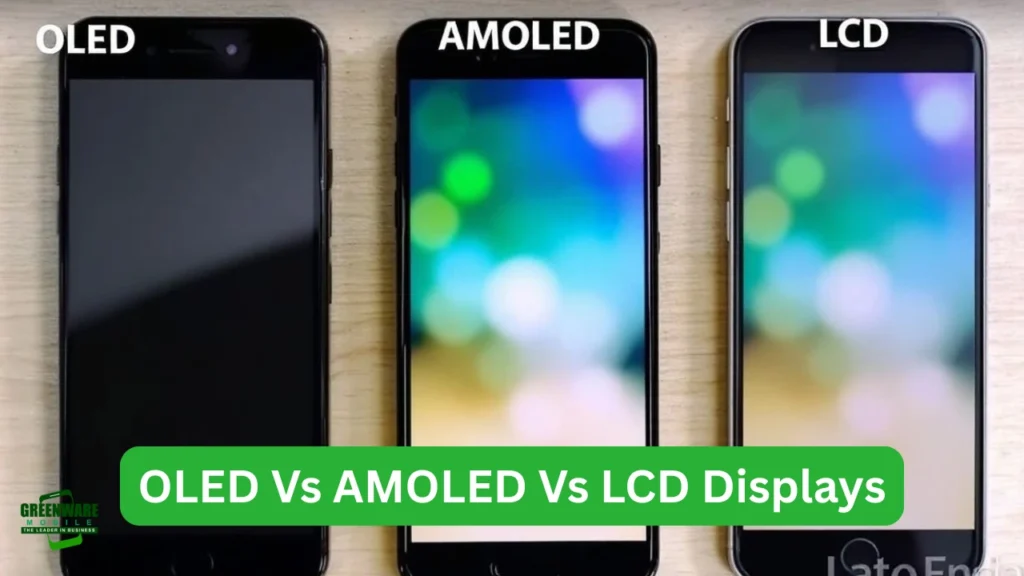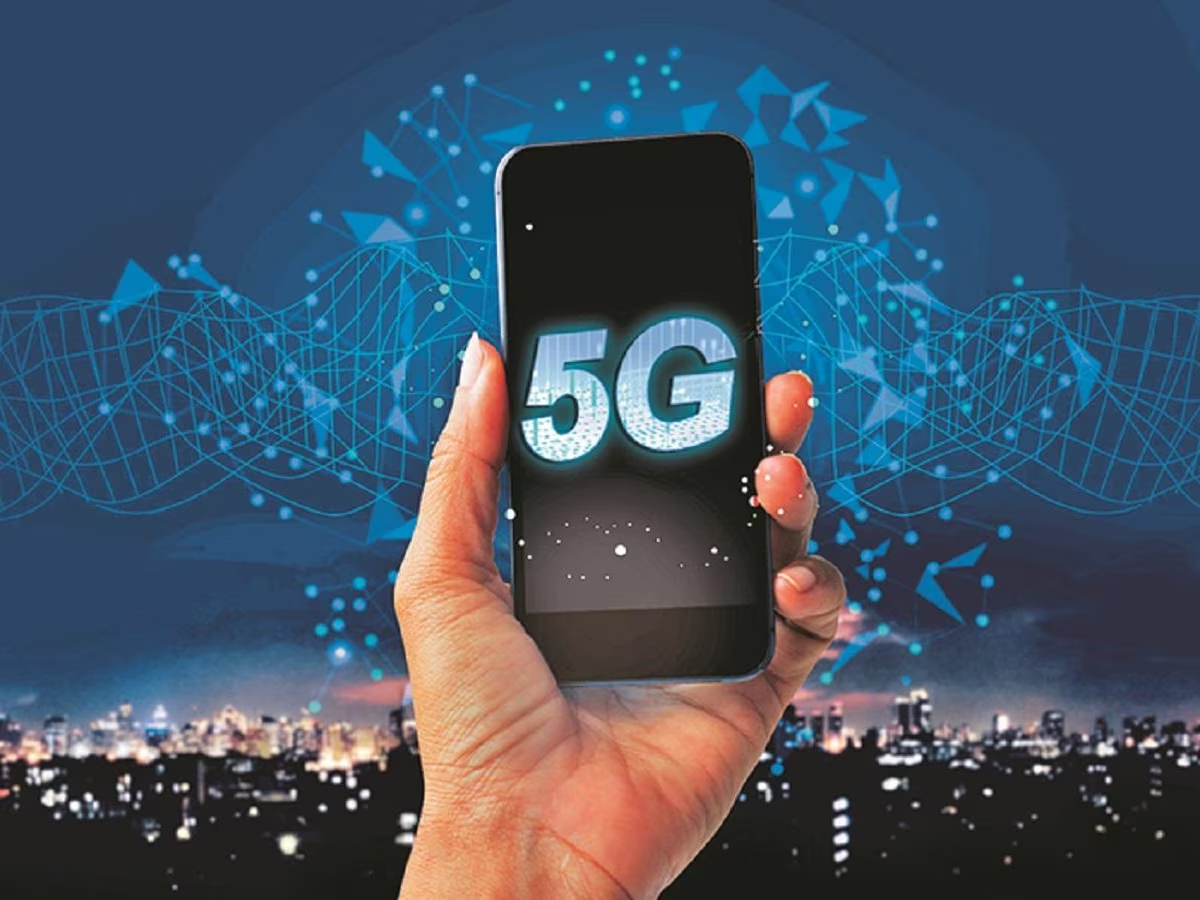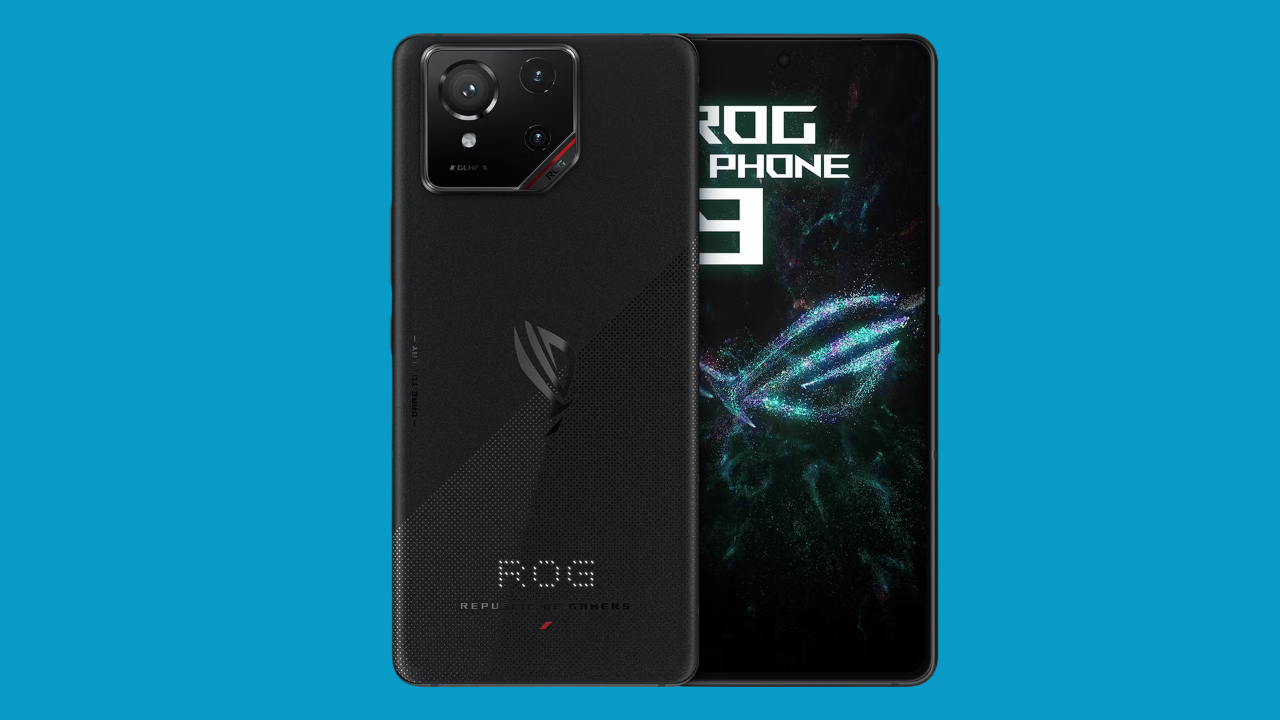The display is the one thing that stays the same in the constantly changing world of smartphones. Your phone’s screen affects how clear the picture is, how long the battery lasts, and even how long it lasts. This is true whether you’re watching movies, playing games, reading, or just scrolling through social media.
There are a lot of terms out there, like AMOLED, LCD, LTPO, and OLED. How do you know which one is right for you?
This complete guide goes over the differences between AMOLED and LCD, introduces LTPO and OLED, and looks at which type of display is best for different needs. Knowing how screens work can help you make smart choices that will last, whether you’re a tech geek or just a casual user.
Learning About the Different Types of Smartphone Displays
Before we look at AMOLED and LCD, we need to understand how screen technology works. There are two main types of smartphone displays:
- Liquid Crystal Display (LCD)
- OLED (Organic Light-Emitting Diode) and its offshoots, such as AMOLED and LTPO
These technologies all work in different ways, which affects how well they work, how much power they use, and how good the images are.
What Is an LCD?
LCD is short for “liquid crystal display.” For more than ten years, it has been used in phones, and many entry-level and mid-range smartphones still have it.
How LCDs Work
An LCD screen makes an image by shining a backlight through a layer of liquid crystals. These crystals work like shutters to let light through or block it, which makes colors and shapes appear on the screen.
There Are Two Main Kinds of LCDs:
- TFT LCD: Less expensive, but with lower contrast and viewing angles.
- IPS LCD: Has better color reproduction and a wider range of viewing angles.
Pros of LCD:
- It’s cheaper to make in general.
- Natural color tones: Some people like them better because they are less saturated.
- Bright in the sun: Many IPS LCDs are easy to read outside.
Disadvantages of LCD:
- Panels are thicker, which makes it harder to design phones.
- More power use: The backlight is always on.
- Blacks that are weaker: Black is made by blocking light, not turning it off.
What Does AMOLED Mean?
Active Matrix Organic Light-Emitting Diode is what AMOLED stands for. It is a kind of OLED screen that is often used in high-end smartphones.
How AMOLED Works
An AMOLED screen is different from an LCD screen because each pixel gives off its own light. This means that each pixel can be turned off separately, which makes blacks perfect and contrast high.
Benefits of AMOLED:
- Each pixel gives off its own light, which makes deep blacks and bright colors and great contrast ratios.
- Power efficiency (on dark screens): Pixels are turned off when the screen shows black, which saves battery.
- Flexible displays: They let screens curve and fold.
- No backlight needed for a thinner design.
Disadvantages of AMOLED:
- More expensive: It costs more to make than LCD.
- Color shift: Colors may be very bright or have a slight tint at certain angles.
- Risk of burn-in: Pixels can get damaged over time by static images that stay on the screen for a long time.
AMOLED vs. LCD: A Detailed Comparison
| Feature | AMOLED | LCD |
|---|---|---|
| Levels of Black | Perfect blacks (one pixel off) | Blacks that look washed out (backlight always on) |
| Vibrancy of Color | Colors that are very bright and saturated | Tones that are more natural or muted |
| Efficiency of Power | Great with dark themes | More energy is used when the backlight is always on |
| Lasting Power | Risk of burning in | No burn-in |
| Viewing Angles | Good (IPS), Poor (TFT) | Good (IPS), Poor (TFT) |
| Price | High | Less expensive |
| Being Flexible | Can be bent or folded | Only rigid panels |
What Is LTPO?
Low-Temperature Polycrystalline Oxide (LTPO) is a new kind of OLED panel that is used in high-end smartphones like the iPhone 15 Pro and the Samsung Galaxy S24 Ultra.
Dynamic Refresh Rate Is the Main Benefit
LTPO lets the display change its refresh rate based on what’s on the screen. It can go from 120Hz to 1Hz. This means that when you need it, it will run more smoothly, and when you’re not using it, like when you’re reading or looking at an Always-On Display, it will use less power.
Advantages of LTPO:
- Better battery life: Saves power by changing the refresh rate.
- Smooth visuals: Refresh rates that are high when needed.
- Only flagship phones have a premium experience.
LTPO vs. OLED (Not LTPO)

| Characteristic | LTPO OLED | Standard OLED |
|---|---|---|
| Refresh Rate Control | Dynamic (1Hz–120Hz) | Set (60Hz–120Hz) |
| Saving Battery | More effective | Not as efficient |
| Cost | More expensive | A little less expensive |
| Use Case | Main devices | Devices in the mid to high range |
Which One Is Better for Battery Life?
When you look at AMOLED and LCD in terms of battery life:
- AMOLED only uses less power when dark themes or mostly black content are shown.
- LCD uses the same amount of power no matter what is on the screen.
- LTPO AMOLED makes things even more efficient by lowering the refresh rate when it can.
Example from the Real World
- A person who uses Instagram a lot (which has mostly white backgrounds) might not be able to tell the difference between AMOLED and LCD.
- AMOLED or LTPO AMOLED is better for people who have a dark-themed interface, read e-books, or use Always-On Display.
Quality of the Display and Color Accuracy

AMOLED screens are great for editing photos, making content, or watching HDR videos because they have deep contrast and a wide range of colors.
But high-end IPS LCDs also have great color accuracy, especially in devices like the iPhone SE or older iPhones that didn’t use OLED yet.
Important Things to Think About:
- Color Calibration: High-end AMOLEDs, like Samsung’s Dynamic AMOLED, have modes that show colors accurately.
- True Tone/Night Mode: This feature is available on both AMOLED and LCD screens to make them easier on the eyes.
Visibility Outside
Readability outside depends on:
- The highest brightness
- How reflective
- Contrast
AMOLED screens have high contrast, but LCD screens can sometimes get brighter, especially on budget phones where AMOLED screens are dimmer to save money.
Risk of Burn-in and Durability
- LCD: No chance of burn-in. Better for the stability of the display over time.
- AMOLED: There is a chance that the screen will burn in over time, especially if static UI elements (like navigation bars) are always on.
- LTPO: There is a risk of burn-in, but it is lower because of adaptive refresh rate and modern pixel-shifting technologies.
How to Avoid Burn-in:
- Turn on dark mode.
- Allow screen timeouts.
- Don’t look at static images for long periods of time.
- Use features from the manufacturer, like Pixel Shift (for Samsung, Google Pixel, etc.).
Foldable Phones and Flexible Displays
Flexible AMOLED technology is used in foldable and curved phones. LCDs can’t bend, so they can only be used in flat-panel phones.
- Use foldable AMOLED panels on the Samsung Galaxy Z Fold and Z Flip.
- The Motorola Razr+ and Oppo Find N also have flexible OLED screens.
AMOLED is the only type of screen you can get if you want a foldable phone.
Blue Light and Comfort for the Eyes
Most new AMOLED and LCD screens have blue light filters or Night Shift modes.
Some studies, on the other hand, say that AMOLED screens may naturally emit less blue light than older LCD screens. Check to see if the screen is TÜV Rheinland Certified or has modes that are easy on the eyes.
Support and Value Over Time
- LCD screens last longer and are cheaper to replace.
- AMOLED screens give you a more immersive experience, but they might be expensive to fix.
- LTPO AMOLED is ready for the future and is likely to become the standard in high-end smartphones.
Choosing Based on How It Will Be Used
Here’s a simple guide:
| Type of User | Best Display Choice |
|---|---|
| Casual users | IPS LCD (affordable) |
| Media consumers | AMOLED or OLED (bright images) |
| Gamers | LTPO AMOLED (high refresh rate, adaptive rates) |
| Outdoor users | IPS LCD or AMOLED with bright colors |
| Foldable phone fans | AMOLED (flexible) |
| Budget buyers | IPS LCD |
| Tech enthusiasts | LTPO AMOLED |
Advice from Experts
- DisplayMate says that AMOLED is better than LCD when it comes to contrast and color depth.
- According to GSMArena, low-cost AMOLED panels don’t always work as well as high-end IPS LCDs.
- DxOMark rates screens based on how bright, readable, and accurate they are. AMOLED and LTPO AMOLED panels often get the best scores.
The Final Decision: AMOLED or LCD—Which Is Better?
There is no clear winner in the AMOLED vs. LCD debate.
- If you want deep blacks, bright colors, and plan to use dark mode a lot, choose AMOLED.
- Choose LCD if you want a display that lasts a long time, doesn’t cost too much, and works well in the sun.
- If you want the best of both worlds—smooth performance and long battery life—go with LTPO AMOLED.
All types of displays have improved a lot, and now all levels of manufacturers offer good experiences. But knowing what you want—like binge-watching Netflix, playing games, or using it outside—will help you make a smart choice that will last.
Questions and Answers: AMOLED vs. LCD and More
Q1: Is AMOLED better than LCD for playing games?
Yes, especially when the refresh rates are high. AMOLED has better contrast and faster response times, which makes motion blur less of a problem.
Q2: Do AMOLED screens last longer?
Not always. LCDs usually last longer, but if you use modern AMOLEDs correctly (like by using screen timeout and dark mode), they can last for years without any problems.
Q3: What about OLED and AMOLED?
Every AMOLED is an OLED, but not every OLED is an AMOLED. AMOLED has an active matrix that makes it better for smartphones because it refreshes and responds more quickly.
Q4: Are LTPO screens worth the money?
Yes, if you are buying a high-end phone. LTPO makes the battery last longer and run more smoothly, especially when you watch videos or do more than one thing at once.
The End
When buying a smartphone, it’s important to know about display technology. As high-refresh LTPO AMOLED displays become more common and LCD quality keeps getting better, users now have more options than ever.
This article helps you choose a phone that will meet your long-term needs by comparing AMOLED and LCD, as well as new technologies like LTPO and OLED.
Choose carefully; your eyes, battery, and wallet will all be happy.




